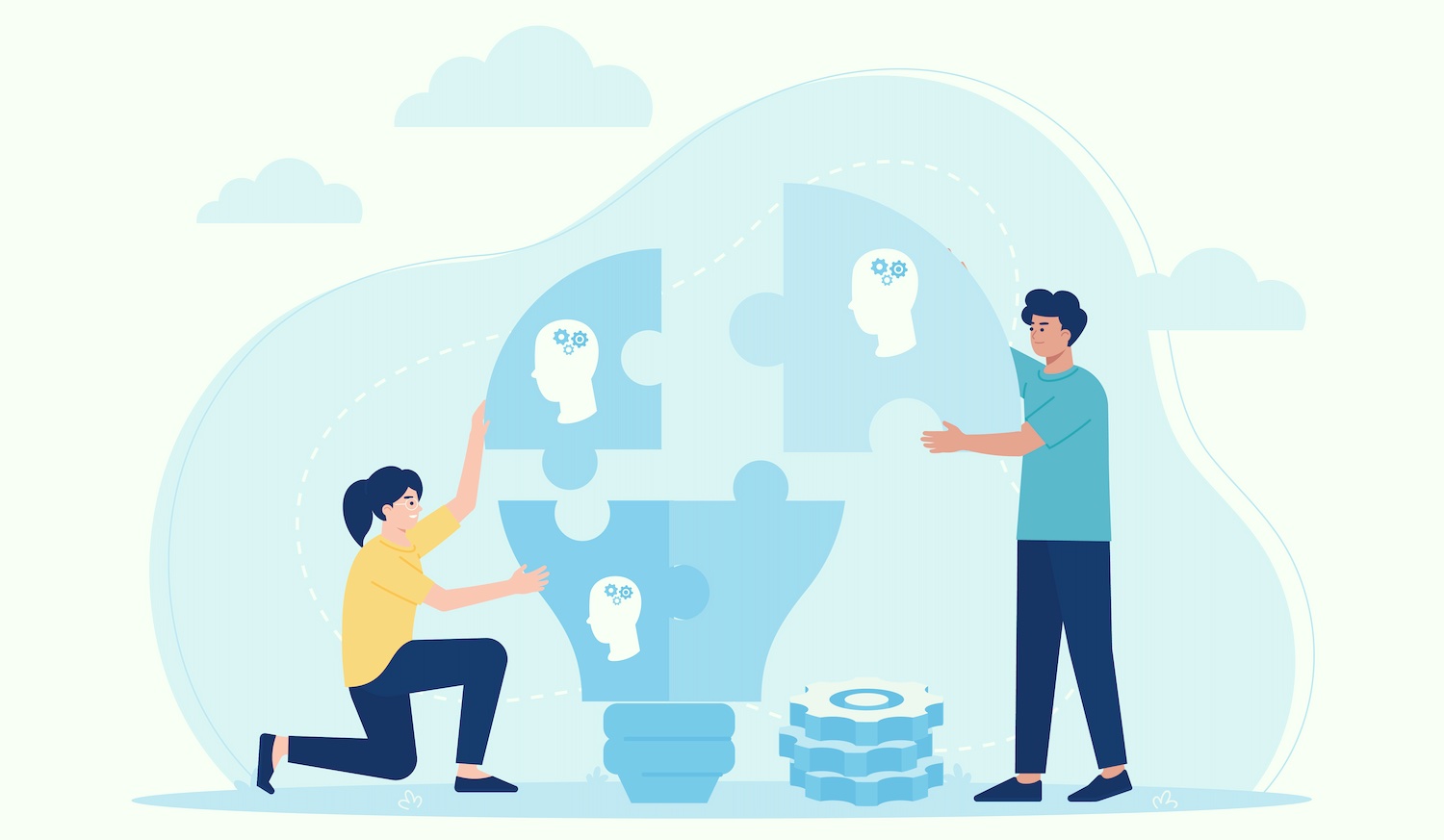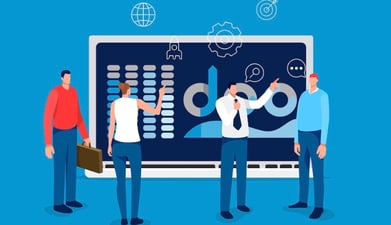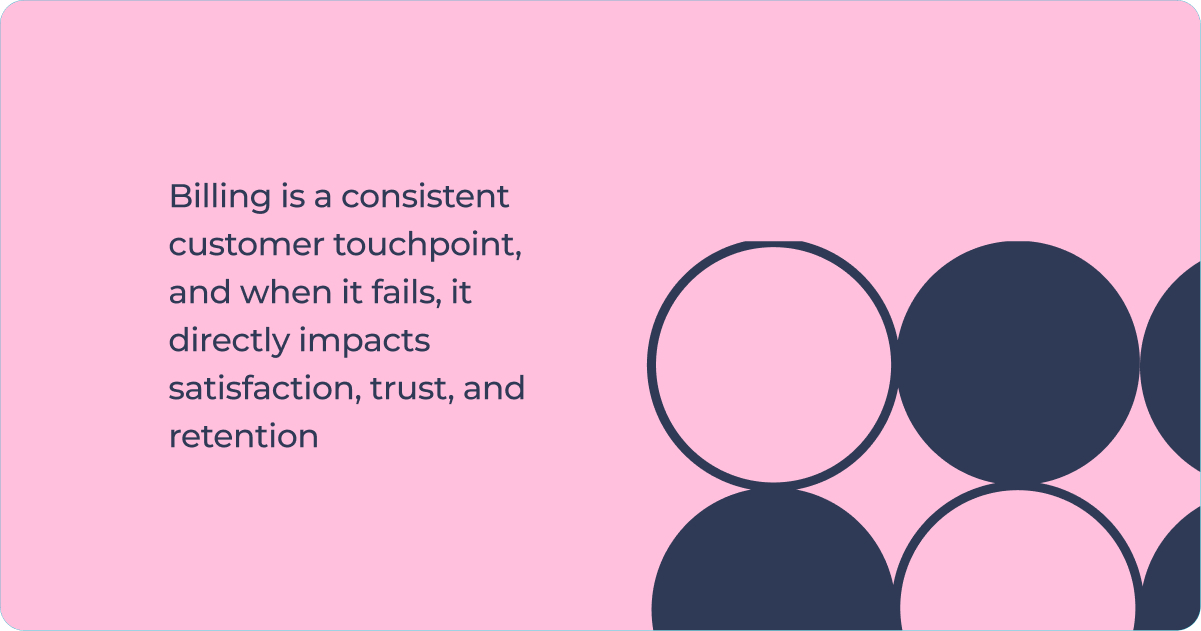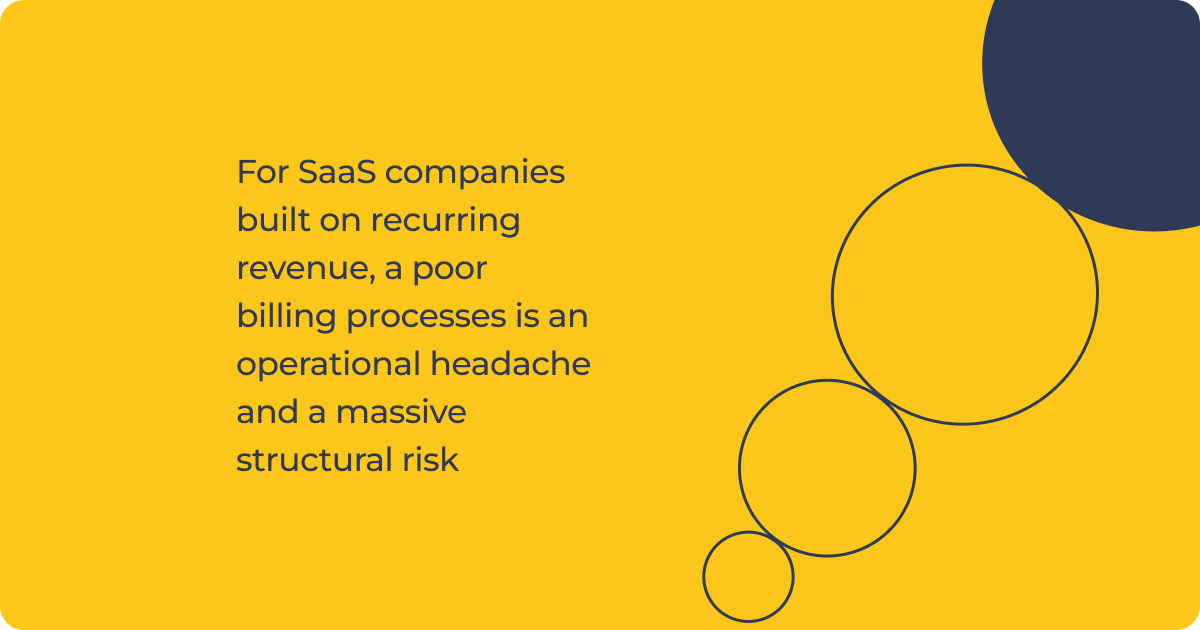Reliable investments in optimal business software are essential for the growth of any company. As a business expands, the stakes in certain processes increase, such as harmonizing business processes, complying with country-specific regulations, and handling multicurrency requirements and consolidation. When faced with such situations, it can be advantageous to delegate certain functions to a third-party application. For pricing and billing purposes, it is worth exploring a versatile and scalable subscription management solution that offers various integration options.
Integrating subscription management software into an ERP (Enterprise Resource Planning) system can be a complex process and requires careful consideration of several factors. Still, the aim is to build a first-class contract-to-cash solution that benefits from both pieces of software.
In this blog, we will consider four factors when designing the successful integration of an ERP system and a subscription automation tool.
These factors include:
1. Mastering Data Management
2. System capabilities - Unleashing the Potential
3. Business Benefits
4. Onboarding.
1. MASTERING DATA MANAGEMENT
Data management consists of data consistency, data synchronization, and data security. At its core, data management is the disciplined approach of acquiring, validating, storing, protecting, and processing data to ensure its accessibility, reliability, and relevance. Proper data management not only ensures that data is accurate and usable but also protects the integrity and confidentiality of the information, even as it ensures compliance with various regulations.
Data Consistency
One of the key elements of a successful integration is data consistency. The systems must interpret and exchange data in the same manner. For instance, customer data collected by subscription management software should be seamlessly understood and processed by the ERP system and vice versa. Data audits should be regularly performed to ensure the integrity of data – this practically requires a bi-directional integration between the primary and secondary application – once it is defined which is which.
Real-time synchronization of data:
The integration should ideally offer real-time data syncing. This is vital for subscription management where factors like billing cycles, dynamic pricing models, subscription renewals, and customer upgrades or downgrades change dynamically. When designing the integration, the real-time requirement is occasionally on the table. Still, it would be useful to investigate in an integration evaluation which data needs to be synchronized rarely instead of real-time syncing.
Real-time integration with your ERP system and subscription management software is highly recommended for accurate financial and customer management.
SECURING YOUR DATA:
Security of sensitive customer and company data should be a top priority during integration. The systems must adhere to industry-standard security protocols and data protection regulations like GDPR in the EU-area.
It involves aspects like secure data transfer, access controls, and regular security audits. Therefore, when planning the integration and defining the structured content of the messages, security should be borne in mind from the very beginning – even if the messages will be handled as point-to-point connections.
2. System Capabilities - Unleashing the Potential
In general, system capabilities refer to a system's intrinsic features and functionalities that determine its potential. These capabilities dictate how a system performs, interacts, and evolves in specific contexts. In an increasingly complex technological landscape, understanding a system's capabilities is essential for informed decision-making, optimization, and forward-thinking innovation.
Scaling up as your business expands
As your business grows, the integrated system and performance ability should scale seamlessly.
It should handle increased data volumes and more complex business scenarios without a drop in performance. For example, if your customer base doubles in a year, the system should handle the increase in subscriptions, sudden growth in the number of transactions using data-driven pricing models, billing with a larger number of invoicing, and customer data without causing system slowdowns.
Low scalability can be in the worst case a bottleneck, possibly slowing the closing of the fiscal period and thus the group-level consolidation, causing revenue leakage in invoicing, customer refunding based on the SLA, or even worst case ending the customer relationship.
Automate Your Billing Process as Much as You Can
The more processes you can automate, the more efficient your operations will be. Processes like billing cycles, invoice generation, customer communication, and financial reporting should ideally be automated.
Automation plays a crucial role in integration planning, aiming to eliminate manual tasks, streamline processes, and minimize the risk of errors. Embracing automation is not only essential for enhancing efficiency but also for proactively avoiding potential pitfalls that may arise during the integration process.
Flexibility for Customization
Every business has unique needs and processes. An integration that allows flexibility can better adapt to your business model. You might need to create custom workflows, special pricing models, or unique billing cycles, all of which should be supported by the integrated system.
Customization is usually something to be avoided but sometimes when another application requires more mediated or enrichment of data, the options are either do the customer tailoring in application functionality or create rule-based data enrichment.
3. Business Benefits
When integrating the billing software, the business benefits should refer to the positive outcomes and value derived from a particular action, investment, or decision. They serve as key indicators of success, influencing both strategic choices and operational tactics.
In a competitive landscape, understanding and maximizing these benefits is paramount to ensure sustainable growth and stakeholder satisfaction. Still, the immediate results are expected to be seen after the implementation, and in most cases, they should be very concrete and easy to measure.
Cost Efficiency
The evaluation of the integration's total cost of ownership (TCO) is a good metric to have. Mostly this includes the cost of the software, integration costs, onboarding, training costs, and maintenance costs with customer support.
The integration should provide a good return on investment, i.e., it should help streamline processes, reduce workload, and provide valuable insights for business growth.
When a company ventures into international markets, expands its range of services or explores new business areas, streamlined processes become even more crucial. Not only do they help reduce the total cost of ownership (TCO), but they also open doors to localized market penetration and provide support for multi-currency and multi-lingual use. This, in turn, gives the company a significant competitive advantage in the global marketplace.
Ensuring Regulatory Compliance
The integrated solution must adhere to all relevant industry regulations and standards. Mostly this includes financial regulations like GAAP or IFRS for revenue recognition handling or data privacy regulations like GDPR or CCPA. Compliance requirements should be in the spotlight from the beginning of the integration project – when decently handled, this is one problem less.
Robust Reporting and Analytics
Subscription businesses generate a wealth of data, and it's important to easily access and analyze that data. Typically, when the business grows - if not earlier-, the data warehouse is an obvious solution for complex and versatile reporting and analytics with maximal use of different data sources.
Powerful analytics can provide valuable insights into your business and aid in decision-making. For example, if the churn rate increases, drilling into the data can provide insights into why it's happening and how to address it.
4. Seamless Onboarding
Onboarding is the structured process of integrating new members—whether employees, customers, or users—into an organization or platform. It's the first touchpoint that shapes initial experiences, ensuring smooth transitions, rapid acclimatization, and laying the foundation for long-term engagement and success.
User Training and Support
Integrating new software with your ERP system will require changes in business processes and potentially cause a learning curve for your team.
A good, scheduled, and planned onboarding process with careful business case studies, solution building, integration planning, and sufficient end-user training and support is the key success factor for excellent implementation. Also, the management commitment to the project should not be forgotten – onboarding requires different kinds of people and knowledge from IT to finance and therefore prioritizing and steering possibly several parallel projects with scarce resources is very important to understand.
Continuous developing
When the software onboarding has been done, the solution will be in use for some 4-6 weeks, after which is wise to move to the stage of continuous development.
Software implementation does not end at go-live -status. Instead, the company’s job is to take full throttle of the investment. Continuous development is not just putting effort into the technical solution building. Now the end-users need to be motivated and encouraged to active use of the applications.
Usually, this requires training and workshop sessions, the main user coaching and mentoring, the ability to roll out the solution to new regions or foreign locations with minimum costs, and mostly employee engagement with active participation.
Read more: ERP System CAN NOT Handle Recurring Revenue Business Models
Take Us to the Test
We here at Good Sign understand the tough and versatile expectations of the customer’s business requirements but also what it takes to make them real and happen.
In our experience from several verticals, the customer can learn and automate the operations, block successfully the revenue leakage, and decrease the manual work in many business workflow stages. So grab bravely the chance to lift up your business – take us to the test!





